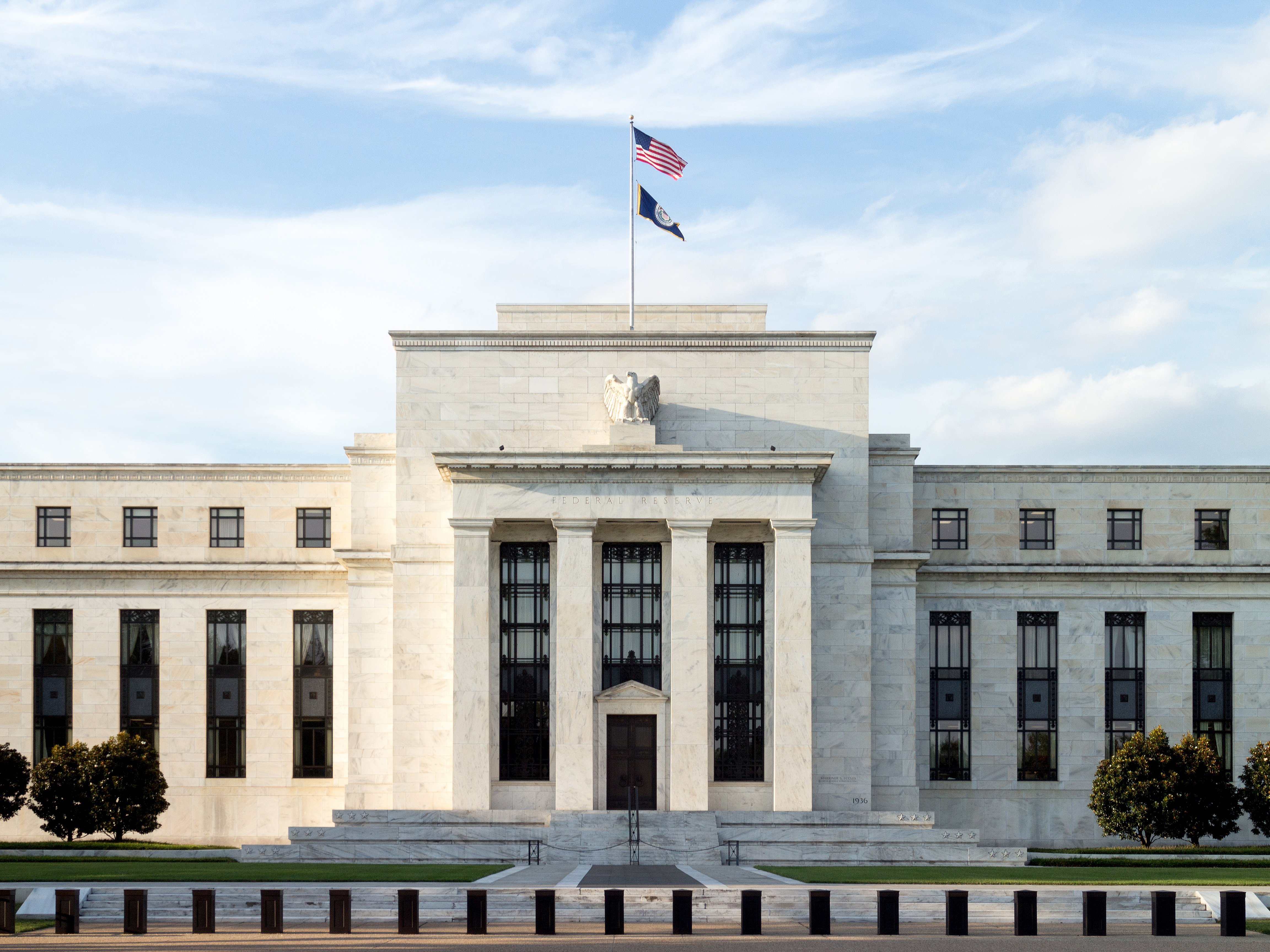Why the Federal Reserve Keeps Raising Interest Rates

As home sales slowed and the stock market dropped, pressure on Fed Chairman Jerome Powell increased in October due to the Fed’s decision to continue raising interest rates. The chairman, however, was unmoved. This post explains why the Fed continues its path of interest rate hikes and how it comes to these decisions.
Fact 1: The Fed follows the Taylor Rule
The Federal Reserve maintains two competing objectives set formally in an amendment to the Federal Reserve Act in 1977 and reaffirmed in 2000: full employment and price stability. This dual mandate is embedded in the Taylor Rule, which states the real short-term interest rate should react to excess inflation and the output gap. Lower rates spur economic growth but also risk higher inflation. Higher rates slow growth but keep inflation in check. Generally, the Fed follows the Taylor Rule as its benchmark for monetary policy.
Fact 2: Economists often disagree so there are many forms of the Rule
Each form of the Taylor Rule boils down to the natural rate, inflation and the output gap but there is not consensus on how much weight should be given to each variable. Further complicating the matter is the fact that there is disagreement on which measurement to use for things like inflation and output. For example, Ben Bernanke argues the personal consumption expenditures price index (PCE) is a better inflation measure than alternatives, like the consumer price index (CPI), for the Taylor Rule.
Fact 3: No matter which variation we choose, today’s rate is below the rate implied by the Taylor Rule
Bernanke’s version of the rule is conservative on the path of rate hikes but even his form of the rule has the current rate 2.5% below the rate prescribed by the Taylor Rule. Other versions call for more aggressive reactions with the difference as high as 5%.
Fact 4: Tight monetary policy by itself doesn’t ‘break’ the economy
As you can see in the chart above, the Federal Funds rate was above the Taylor Rule rate between 1983 and 2000 without much problem. Recessions have occurred while rates were below the Taylor Rule rate, however, with multiple examples before 1983. A healthy economy can absorb higher interest rates and stocks historically performed well following interest rate hikes.
Fact 5: The recent increase in the Taylor Rule rate is due to the closure of the output gap, not rising inflation
The US economy had been running below potential GDP – the highest sustainable level of GDP growth that can be supported by the economy – since the 2008 financial crisis. Just recently, however, the gap between actual and potential GDP closed. The Fed is pursuing interest rate hikes for good reasons – the economy is growing – rather than bad reasons – rising inflation.
With the unemployment rate below 4%, the Fed’s actions are consistent with its dual mandate to achieve full employment while keeping inflation low. There is a limit to how fast the US economy can sustainably grow before it overheats. The Fed’s rate hike decisions signal it is being proactive to maintain the delicate balance between growth and inflation.
The Burney Company is an SEC-registered investment adviser. Burney Wealth Management is a division of the Burney Company. Registration with the SEC or any state securities authority does not imply that Burney Company or any of its principals or employees possesses a particular level of skill or training in the investment advisory business or any other business. Burney Company does not provide legal, tax, or accounting advice, but offers it through third parties. Before making any financial decisions, clients should consult their legal and/or tax advisors.

